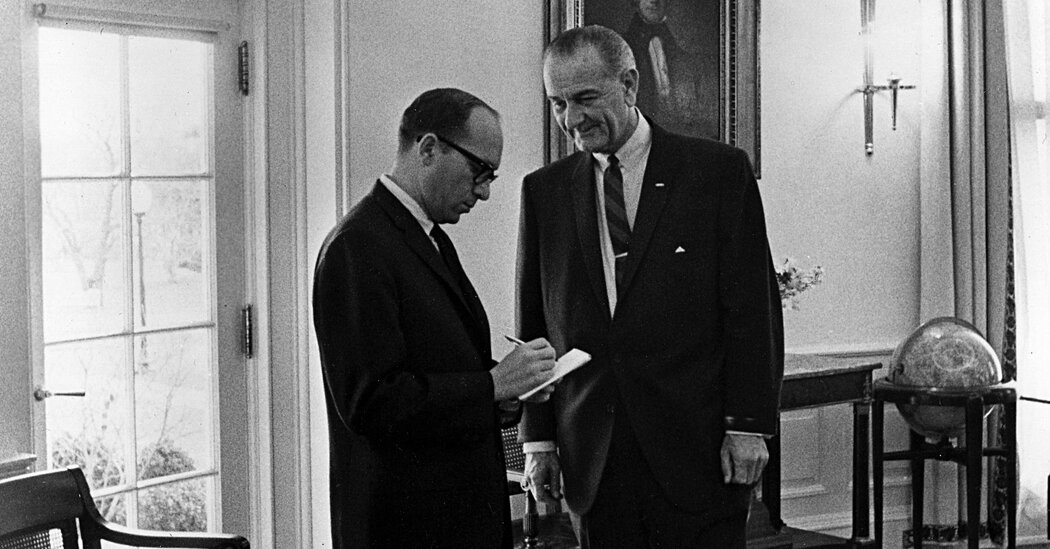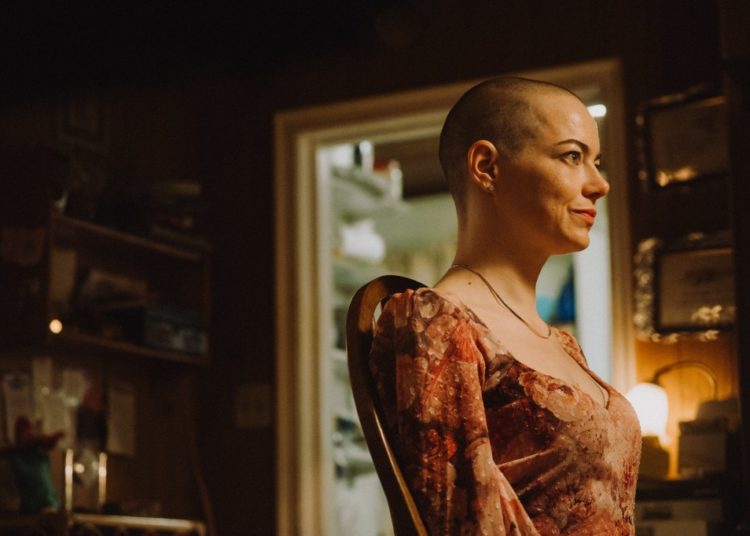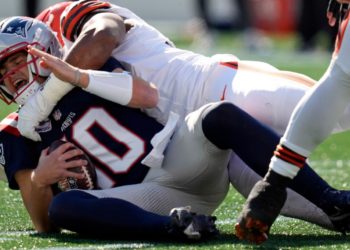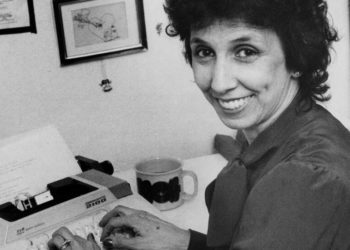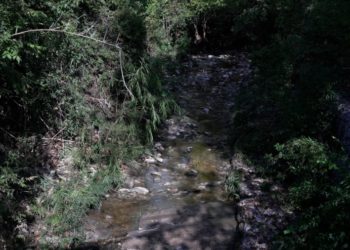Sid Davis, a White House correspondent for Westinghouse Broadcasting and one of three reporters who witnessed the swearing-in of Lyndon B. Johnson as president aboard Air Force One after the 1963 assassination of President John F. Kennedy in Dallas, died on Oct. 13 at his home in Bethesda, Md. He was 97.
The cause was the failure of multiple organs, his son Morse said.
In a broadcast journalism career that spanned four decades and covered the political campaigns and global travels of nine presidents, Mr. Davis was a careful analyst and an authoritative voice for national radio and television audiences of Westinghouse, and later of NBC News and the Voice of America, for which he was a news executive and journalist.
Mr. Davis accompanied Nikita S. Khrushchev, the Soviet premier, on his tour of America in 1959; was in the Oval Office when President Kennedy broadcast his warning of nuclear retaliation if the Soviet Union refused to withdraw its forces during the Cuban Missile Crisis in 1962; and was on the press bus in the presidential motorcade in Dallas on Nov. 22, 1963.
From the moment that three rifle shots cracked across Dealey Plaza that day and the fatally wounded president slumped forward in his open limousine, Mr. Davis recalled, chaos reigned, as Secret Service agents scrambled, crowds panicked and reporters were trapped in traffic jams.
“I heard the shots,” Mr. Davis said in an interview for this obituary. “All of us yelled at the bus driver to go forward, but he could barely move. There were people crossing in front of us. We were about 10 car lengths behind the president’s limousine.”
In an oral history for the John F. Kennedy Library in 2003, Mr. Davis said: “We looked up ahead, and we saw the presidential limousine just dart forward, just take off, and I can see a pink blur on the car, and that was Jackie standing up, stunned by what had happened.”
As the limousine sped to Parkland Memorial Hospital, the press bus drove to the Trade Mart where Mr. Kennedy had been scheduled to speak. Mr. Davis got a ride to the hospital, where he saw the bloody limousine, interviewed the priest who gave Mr. Kennedy the last rites of his church and phoned in a series of reports on the president’s death.
But there was more drama to come. A White House official picked Mr. Davis, Merriman Smith of United Press International and Charles Roberts of Newsweek magazine to witness the transfer of power to Vice President Johnson. The newsmen were sped to Love Field, where Air Force One was waiting. Johnson, his staff and his wife, Lady Bird, were already on board.
“When we got to the airport, they were loading the casket with the president’s body onto the plane, and Mrs. Kennedy was waiting at the top of the stairs,” Mr. Davis said in the interview. Later, he said, the group assembled in the aircraft lounge with a federal judge, Sarah T. Hughes of Dallas, who was to administer the oath.
“It was crowded,” Mr. Davis recalled, with a score of people, sobbing Kennedy staff members and solemn Johnson aides. Jacqueline Kennedy, who had been waiting with the coffin in a rear compartment, was invited by Johnson to join the group for the swearing-in and was among the last to arrive.
Mr. Davis described her as “sad, calm, her eyes wide but questioning,” adding that “there were blood stains and pieces of flesh on her two-piece raspberry suit, congealed blood on her stockings and blood on her right wrist.” She had held her husband’s shattered head in her lap, he noted, and the bleeding had been profuse.
Johnson placed his wife on his right side and Mrs. Kennedy on his left. The plane’s interior was hot, and Johnson asked for a glass of ice water. He gulped it down. Judge Hughes told him to raise his right hand and put his left on a Missal, a Catholic Mass prayer book, and she administered the oath. Afterward, Johnson embraced Mrs. Kennedy and kissed his wife. Mr. Davis noted the time, 2:38 p.m., and said the ceremony had taken 28 seconds.
“I have lived a year since this morning,” Johnson said.
Instead of flying back to Washington with Johnson, as did Mr. Merriman and Mr. Roberts, Mr. Davis stayed in Dallas to brief the press corps on the swearing-in ceremony and his observations aboard Air Force One. He had been chosen as a pool reporter by a White House aide, not by fellow journalists, but he regarded it as a solemn obligation to represent, and report to, the press corps.
Tom Wicker, who covered the assassination for The New York Times, was awed by Davis’s briefing. “It ranks as one of the most generous acts by a reporter that I can remember,” he wrote in Times Talk, a staff publication. “Davis put together a magnificent pool report on the swearing-in, read it off, answered questions and gave a picture that so far as I know was complete, accurate and has not been added to.”
Sidney Alan Davis was born in Youngstown, Ohio, on Nov. 13, 1927, one of five children of Morris and Hilda (Friedman) Davis. His father was a baker. Sid and his siblings, Norman, Irvin, Hannah and Edith, attended Youngstown public schools. After graduating from Woodrow Wilson High School in 1946, Mr. Davis joined the Navy and served with American occupation forces in Japan.
He then studied journalism at Ohio University, working in his last two years as a reporter for the radio station WJEH in Gallipolis, Ohio, and graduated in 1952. For seven years, he was a reporter and news director for WKBN News, a CBS radio and television affiliate in Youngstown, covering city hall, the mayor and the Mafia.
In 1960, he married Barbara Flint, a teacher. They had two sons, Lawrence and Morse. His wife died in 2015. In addition to Morse, Lawrence survives him, along with a brother, Norman, and four grandchildren.
In 1959, Mr. Davis was hired as a White House correspondent by Westinghouse, which then had a national network of five television stations and seven radio stations in major markets. After a brief turn reporting on President Dwight D. Eisenhower, he covered the Kennedy, Johnson, Nixon, Ford and Carter administrations as chief of the 18-member Westinghouse Washington bureau.
He joined NBC News in 1977 as the Washington news director. He was NBC’s Washington bureau chief from 1979 to 1982 (and a vice president from 1980 to 1982), and senior correspondent from 1982 to 1987, covering the Reagan administration.
From 1987 to 1994, Mr. Davis was director of programs for the Voice of America, and until 1998 he directed worldwide Voice of America programming, in charge of 1,500 people working in 46 languages.
Mr. Davis lectured for many years on the news media, the presidency and politics at colleges and universities, often delivering firsthand accounts of events he covered. In 2004, he was inducted into the Ohio Communication Hall of Fame for lifetime achievement.
Alex Traub contributed reporting.
Robert D. McFadden was a Times reporter for 63 years. In the last decade before his retirement in 2024 he wrote advance obituaries, which are prepared for notable people so they can be published quickly upon their deaths.
The post Sid Davis, Reporter Who Witnessed Johnson’s Swearing-In, Dies at 97 appeared first on New York Times.
